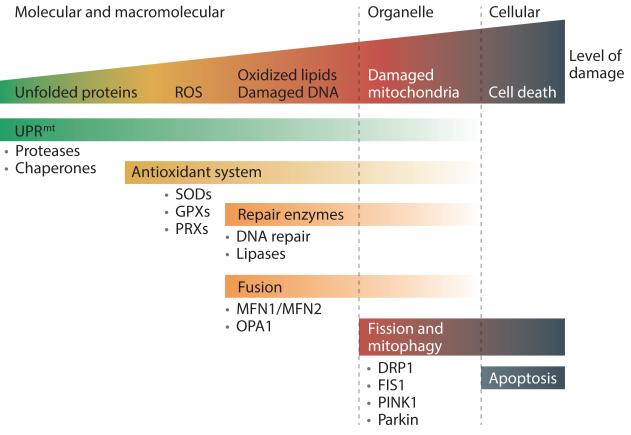Figure 2. Mitochondrial quality control processes.
A graphical model of the different steps involved in mitochondrial quality control. At a basal level, cells maintain proteostasis within their mitochondria with the help of the mitochondrial unfolded protein response (UPRmt) machinery. If proteostasis is not properly maintained, levels of reactive oxygen species (ROS) might increase following electron transport chain dysfunction and be downregulated by antioxidant enzymes such as superoxide dismutases (SODs), which convert superoxide (O2 −•) into hydrogen peroxide (H2O2), or peroxiredoxins (PRXs) and glutathione peroxidases (GPXs), which remove H2O2. When antioxidant levels are not sufficient, and/or ROS levels are excessive, ROS damage the mitochondrial microenvironment (for example, proteins, mitochondrial DNA (mtDNA) and lipids), resulting in the loss of membrane potential and ATP synthesis efficiency, thereby increasing ROS production in a feedforward reaction. A second line of defence consists of enzymes that repair or eliminate the damaged components: that is, DNA repair enzymes for mtDNA, and lipases for the digestion of oxidized lipids. In parallel, mitochondria can restore their efficiency through fusion– fission cycles235. One hypothesis is that fusion enables mitochondria to exchange their content, and thereby dilute the damaged materials to facilitate their repair or removal. When these mechanisms are insufficient and damage has affected a great portion of the mitochondrion, fission helps to eliminate damaged mitochondria that are beyond repair through mitophagy. Finally, when damage reaches too many mitochondria, these undergo fragmentation followed by apoptosis. DRP1, dynamin-related protein 1; FIS1, mitochondrial fission 1 protein; MFN1, mitofusin 1; OPA1, optic atrophy protein 1; PINK1, PTEN-induced putative kinase 1.

